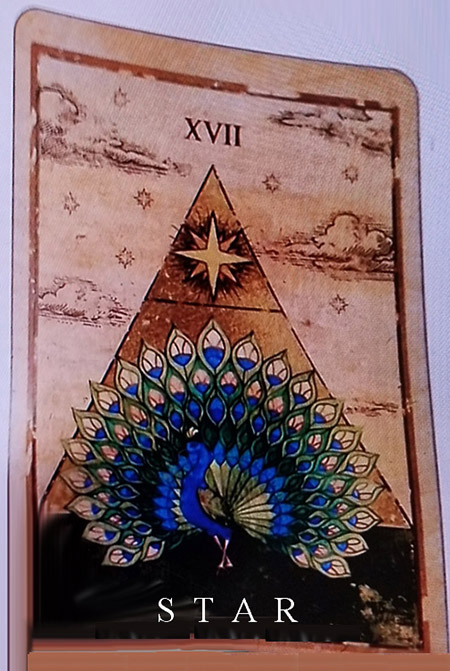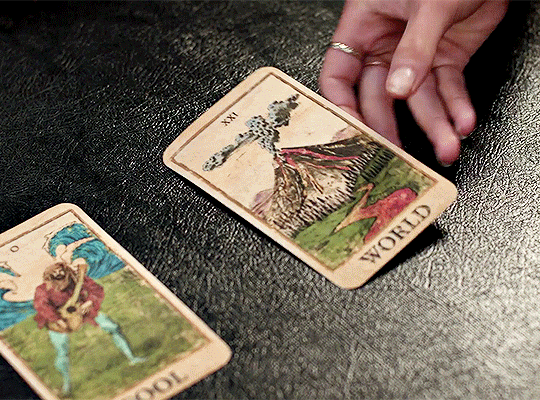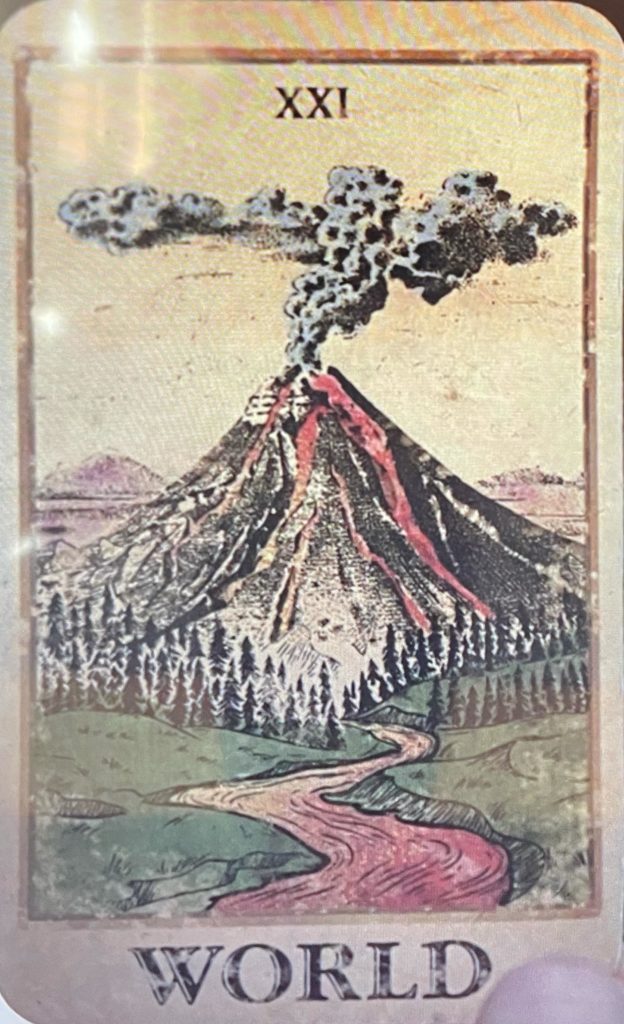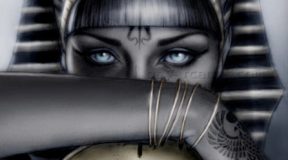
In the vast tapestry of television narratives, Netflix’s “Manifest” stands out as a beacon of supernatural drama, weaving a tale of passengers and crew of a commercial plane who mysteriously reappear after being presumed dead for over five years. The show delves deep into temporal anomalies, where individuals are thrust into the future, and their destinies continuously shift based on enigmatic algorithms. Unraveling the how, why, when, and where of their evasion of death becomes the show’s central premise, mirroring our quest to uncover the truths of our reality.
Central to this narrative is the ancient Tarot deck crafted by a fictional character named Yusuv Al-Zaras, an Egyptian merchant and artist. Al-Zaras, much like the passengers, vanished at sea, only to return a decade later, having lost time. The show’s premise suggests that individuals vanish from one timeline and manifest in another, and upon their return, they have an “expiration date” corresponding to the time they vanished. Thus, if Al-Zaras lost ten years, upon his return, he would have that many years left to live.
The Peacock, The Star, and Other Symbols: Decoding Their Significance

“Manifest” is rich in folklore and symbolism, with each episode and plotline sprinkled with clues that might lead us to the ultimate answer. The Peacock, for instance, holds varied meanings across cultures. In Greco-Roman mythology, it’s identified with the goddess Hera, who transformed her servant Argus, placing his many eyes on the peacock’s tail. In Hinduism, the peacock symbolizes patience, compassion, and good fortune. In East Asian cultures, it’s linked to Kwan-yin (or Quan Yin), representing love, nurturing, and kindness. Babylonians saw the peacock as the guardian of royalty, while Christianity views it as the “all-seeing” entity, directly correlating with the calls the passengers of Flight 828 receive.
In some myths, the peacock stands as the guardian of paradise, while in others, it’s seen as a messenger from the divine. Its representation as a symbol of fertility is also prevalent.
Then there are the stars. Stars, in their radiant glory, symbolize divinity and creativity. Paired with the peacock and the triangle, they point towards the Pavo constellation, with “pavo” in Latin meaning peacock. This constellation, observed from the southern sky, is believed to represent the green peafowl of Java, discovered by Dutch sailors Houtman and Keyser on their journey to the East Indies.
The Yusuv Al-Zaras Tarot deck is another intriguing element. Keen viewers might realize that “Al-Zuras” is an anagram for Lazarus, whom Jesus resurrected four days post his demise. “Yusuv,” akin to the Arabic equivalent of Joseph, translates to “God increases.”
Historically, the earliest Tarot cards were mere playing cards, not designed with mysticism in mind. These cards were introduced to Europe by Mamluk soldiers. As Christianity’s influence grew, so did its imprint on the card designs, with increasing Christian symbolism reflected in the deck. By the 18th century, these cards began to be used for divination.

Conclusion
The Yusuv Al-Zaras Tarot deck in “Manifest” is more than just a prop; it’s a symbol, a guide, and a reflection of the show’s intricate narrative. It serves as a bridge between the ancient and the modern, the known and the unknown, and the tangible and the mystical. As viewers, we’re invited to embark on this journey, deciphering clues, interpreting symbols, and seeking answers in the eternal dance of fate and free will.



